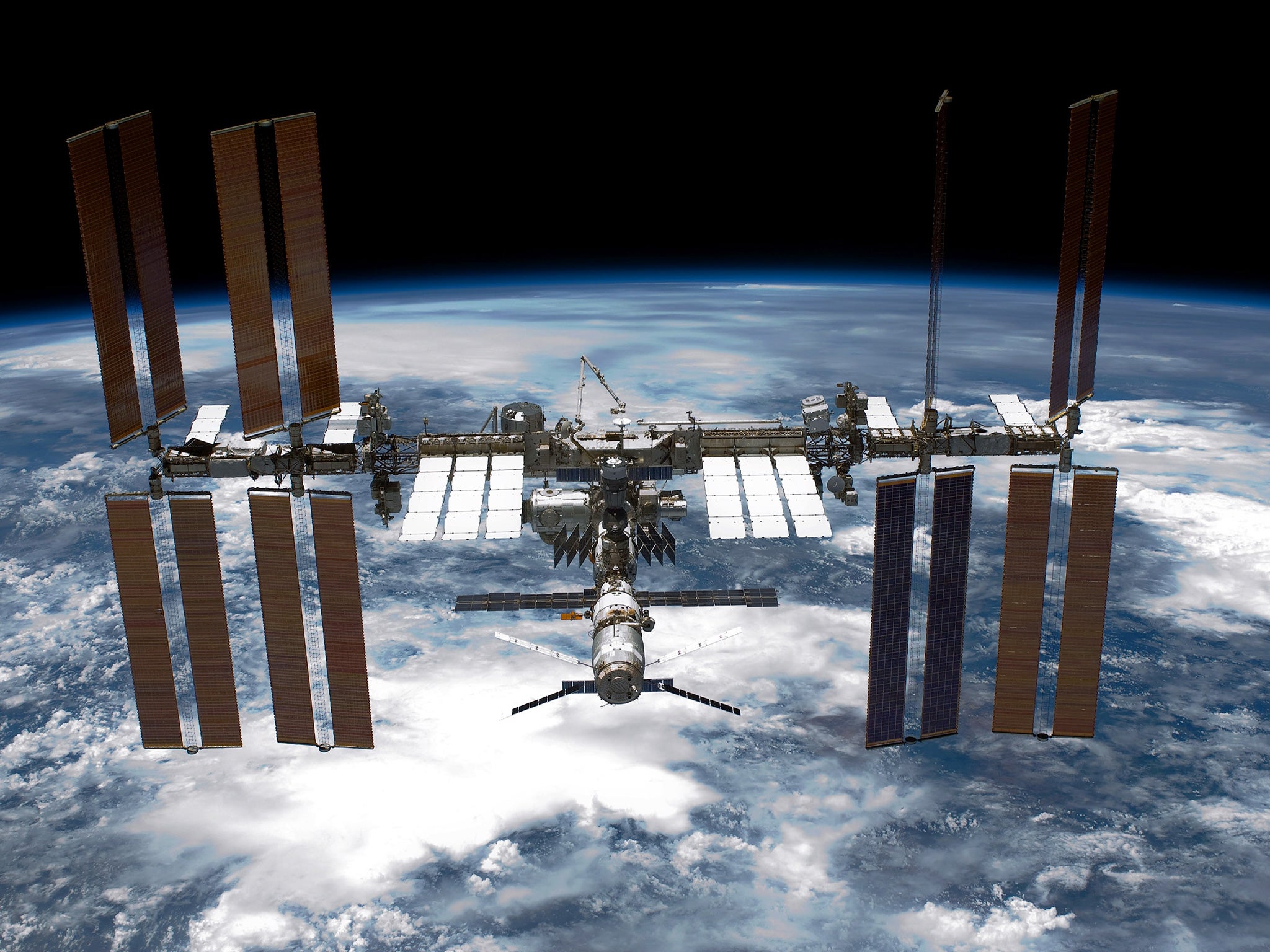International Space Station: Celebrating 15 years of pioneering research
It was built in the wake of the fall of the Soviet Union when the US and Russia agreed to co-operate over space exploration

The International Space Station is the largest human-made object in space and is big enough to be seen from Earth with the naked eye.
It was built in the wake of the fall of the Soviet Union when the US and Russia, until then bitter rivals, agreed to co-operate over space exploration.
Five different space agencies, including the European Space Agency – which Major Peake represents – have taken part in its construction and operation, and more than 200 people have travelled on it.
The first component, a Russian-built Zarya module funded by the US, was put into orbit in 1998 and new sections have been added since then. The station is now as big as a football field.
Each day the ISS travels the distance between the Earth and the moon twice. It travels at 17,500mph, and circles our planet once every 90 minutes at an average altitude of 248 miles.
In pictures: Tim Peake goes into space
Show all 12Astronauts, cosmonauts and space tourists from 17 countries have used the ISS and it has been occupied continuously since November 2000. Previously, the longest a space station had been occupied was nine years and 357 days by Mir.
ISS is the ninth space station and the biggest – four times bigger than Mir and five times larger than Skylab.
The ISS is in essence a laboratory where astronauts can carry out a variety of experiments in weightless conditions. The crew are themselves guinea pigs for research on how being in space for extended periods affects the human body. Major Peake is scheduled to be there for six months.
Among the research Major Peake is expected to carry out is the effectiveness in space of a UK-designed test intended to check for problems suffered by astronauts from increased brain pressure.
The cerebral and cochlear fluid pressure analyser, created by Dr Robert Marchbanks at Southampton General Hospital, can detect life-threatening head injuries and infections without the need for surgery or painful spinal procedures, and is currently part of a major study that could see it rolled out across the NHS.
Dr Marchbanks said: “Nasa want to measure the pressure inside an astronaut’s head, but the normal way to do this is through a lumbar puncture, which cannot be risked in space because there would be no medical back-up if it went wrong. As a result, they have searched the globe for effective methods of measuring intracranial pressure safely and have chosen the best of those to trial, which includes our CCFP analyser.”
The space station gets its power from solar panels that cover more than an acre, and there are eight miles of electrical wiring linking all the equipment.
Since the shut-down of the US space shuttle programme, the only way to board the ISS is via the Soyuz spacecraft. However, other vehicles have delivered supplies, including Russian Progress craft, the European ATV and the US commercial Cygnus and Dragon capsules.
Subscribe to Independent Premium to bookmark this article
Want to bookmark your favourite articles and stories to read or reference later? Start your Independent Premium subscription today.

Join our commenting forum
Join thought-provoking conversations, follow other Independent readers and see their replies